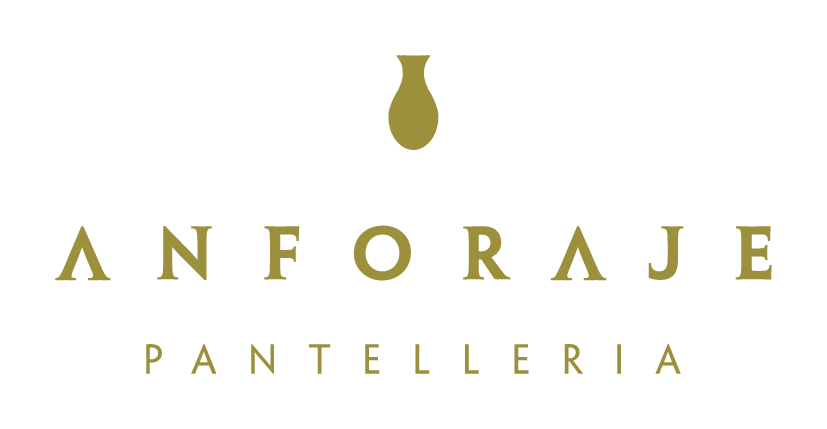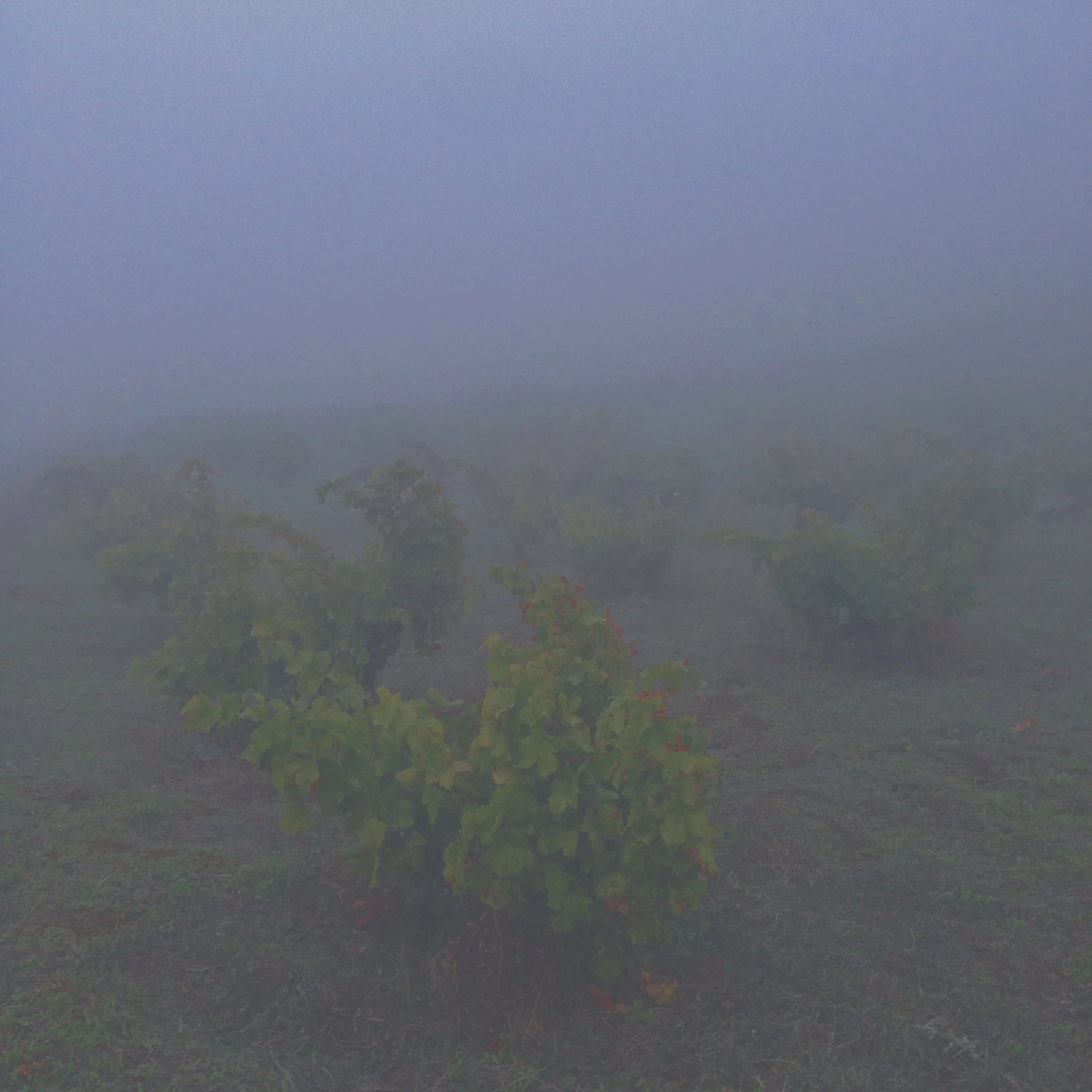wine
Zibibbo dry.
It was the Phoenicians who brought this vine to Italy, Moscato d’Alessandria found favorable conditions in Pantelleria to grow and express itself to the fullest. Typical product of the island, Zibibbo is a wine with a strong aroma and an exceptional flavor that brings to mind the colors and atmospheres of the Mediterranean.
Since the growing drought of the territory and the increasing difficulties encountered in cultivation, it is a wine that is becoming more and more a rarity. And so, as a product of a true "heroic agriculture", capable of surviving for centuries in a dry, difficult and fascinating land, it deserves to be appreciated in all its facets.
In 2014 the cultivation of the Zibibbo ad alberello (sapling) of Pantelleria became part of the UNESCO World Heritage. The natural fermentation in clay amphorae, according to the Anforaje method, is intended to be the expression of hard work according to ancient customs and of love for techniques that are gradually disappearing.
After a careful manual harvest, the grapes arrive in the cellar, where they are separated from the stalk and selected again and placed in terracotta amphorae with a capacity of 80 to 400 liters . Inside the amphorae, the grapes begin to ferment spontaneously, without the use of selected yeasts, but with the only indigenous yeasts, naturally present on the skins. Thus begins the process of autofermentation, regulated in a natural way: this process, which lasts from 2 to 3 weeks, allows the wine to slowly develop all its aromas and transforms sugars into alcohol. Once fermentation is complete, the amphorae are sealed.
Over the following months, the wine matures without haste, until it is ready for bottling, without filtration, so as to capture naturalness and integrity. Once bottled, a period of final rest begins; my dried Zibibbo is now ready to be shared.


